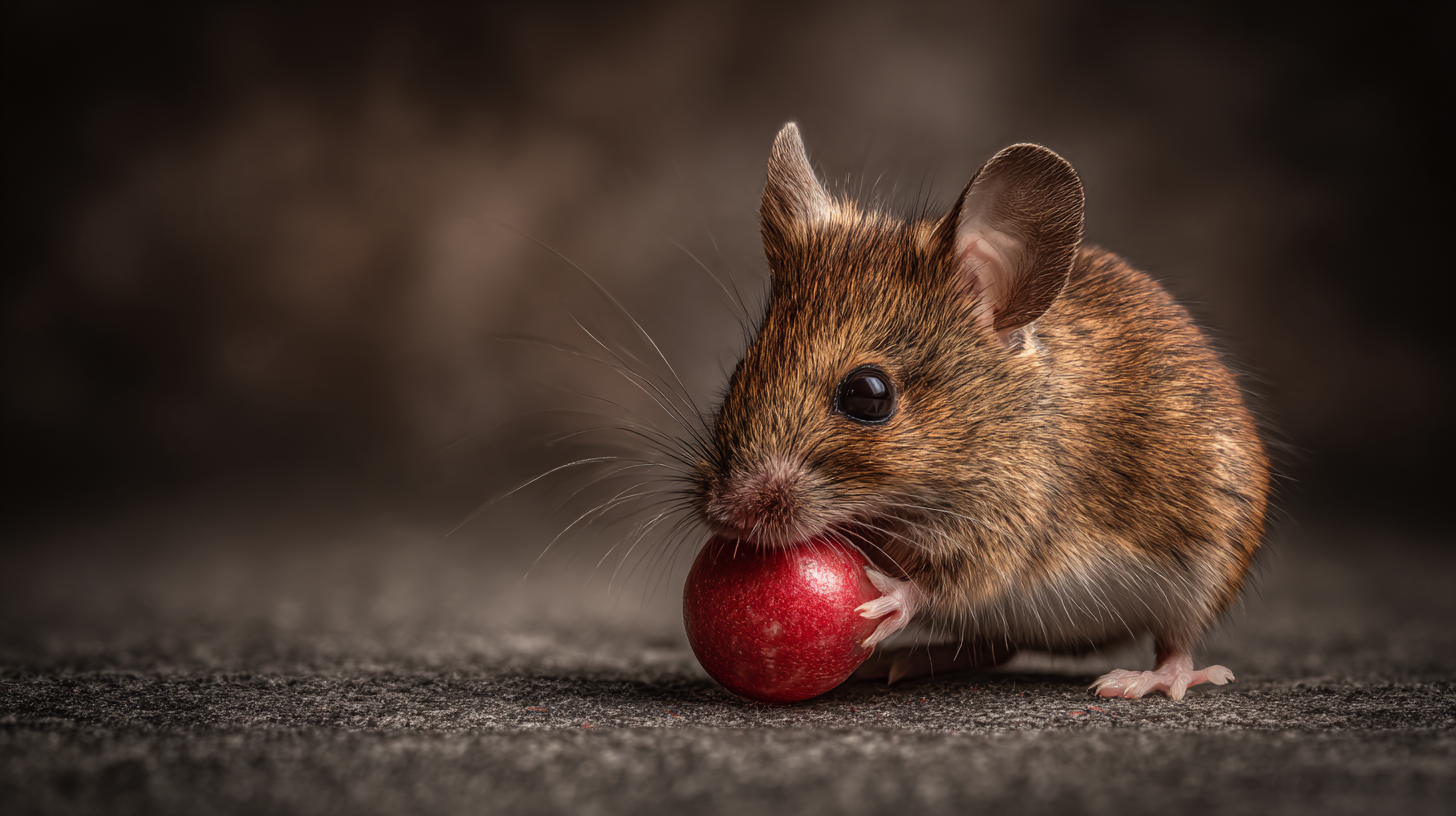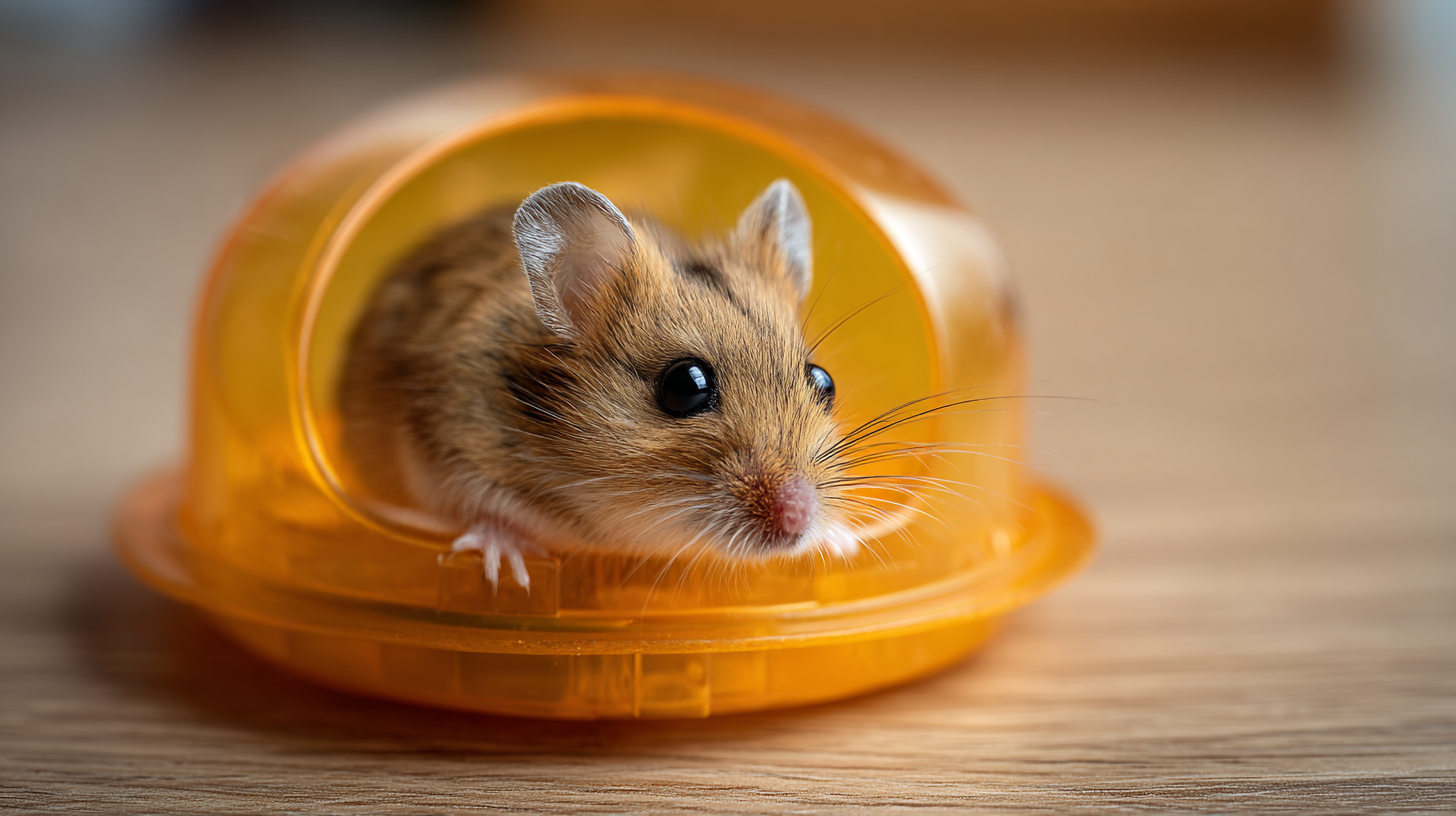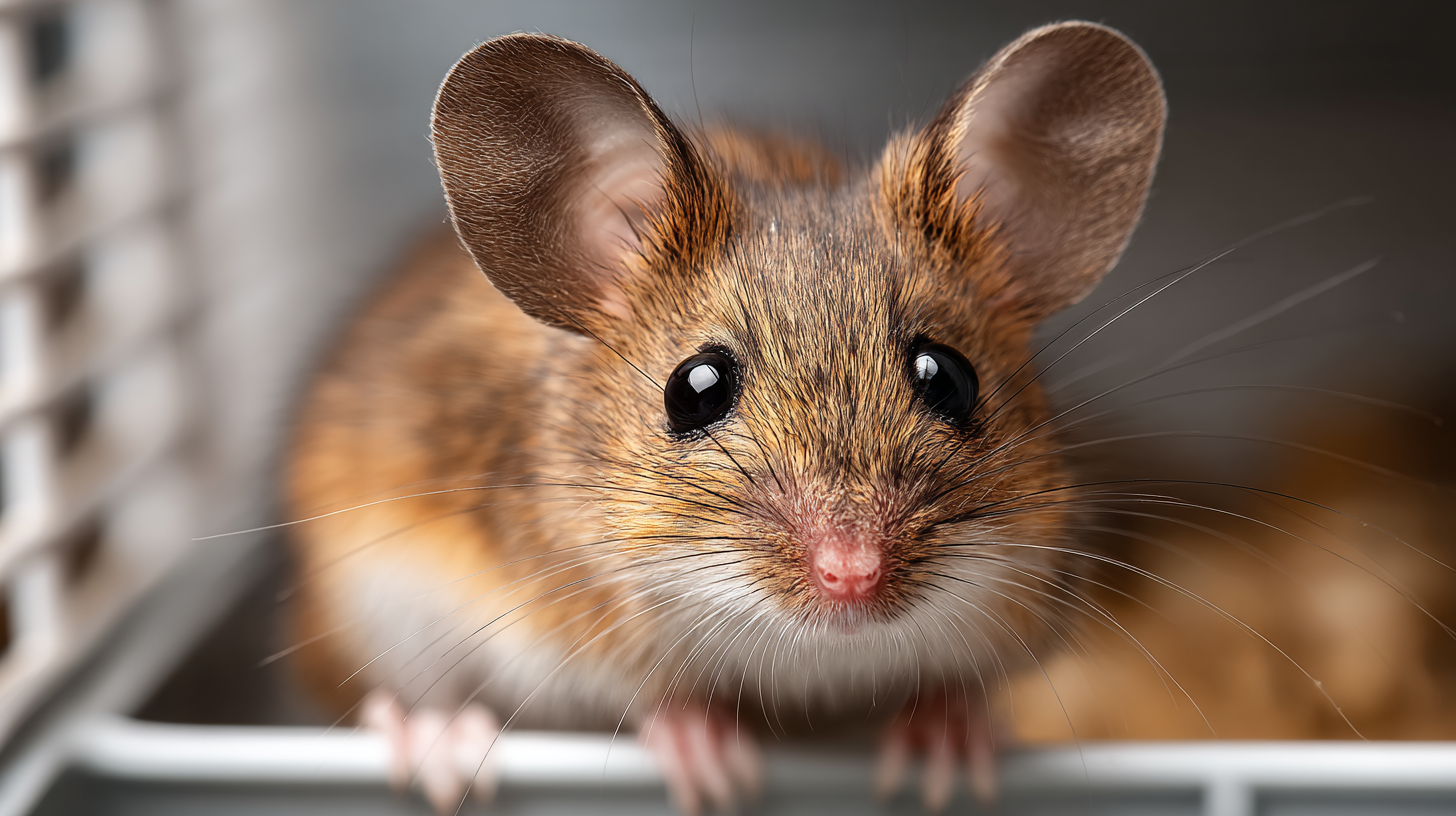
 Bird & Pigeon Pest Control
Bird & Pigeon Pest Control  Mice & Rat Pest Control
Mice & Rat Pest Control  Mole & Vole & Gopher Pest Control
Mole & Vole & Gopher Pest Control  Fly Insect Pest Control
Fly Insect Pest Control  Wasp & Bee Pest Control
Wasp & Bee Pest Control  Moth Pest Control
Moth Pest Control  Mosquito Pest Control
Mosquito Pest Control  Cockroach Pest Control
Cockroach Pest Control  Wildlife Pest Control
Wildlife Pest Control  Snake Pest Control
Snake Pest Control  Bed Bug & Flea Pest Control
Bed Bug & Flea Pest Control  Snail & Slug Pest Control
Snail & Slug Pest Control  Ant & Termites Pest Control
Ant & Termites Pest Control  Spider Pest Control
Spider Pest Control  Other Insect Pest Control
Other Insect Pest Control  Garden Products
Garden Products  Blog
Blog In an era where sustainable and effective pest control solutions are paramount, the Plastic Mouse Trap emerges as a frontrunner in the fight against rodent infestations. This innovative device not only addresses the persistent challenge posed by mice in both urban and rural settings but also aligns with the growing demand for humane and environmentally conscious methods of pest management. Understanding the advantages of the best Plastic Mouse Trap is crucial, as it combines efficiency with safety, ensuring the well-being of both users and non-target species. As we explore its features, effectiveness, and broader implications for global pest control strategies, we can appreciate how this simple yet effective tool is revolutionizing the way we approach pest management, paving the path for a future where innovative solutions harmonize with ecological responsibility.

Plastic mouse traps have emerged as a crucial tool in modern pest control strategies. Unlike traditional traps, these innovative devices offer a variety of benefits that enhance their effectiveness, making them an essential component for households and businesses alike. Their lightweight and durable nature allows for easy placement in problem areas while ensuring long-lasting performance. Moreover, plastic traps are designed to minimize animal suffering and provide a more humane approach to pest control, aligning with the increasing consumer demand for ethical treatment of wildlife.
In addition to their humane design, plastic mouse traps are often easy to clean and reset, streamlining the pest control process. This user-friendly aspect is particularly important for those unfamiliar with pest management. Furthermore, many plastic traps are reusable, which not only contributes to cost-effectiveness but also reduces waste. The adaptability of plastic traps to various environments—be it in residential settings or commercial establishments—underscores their vital role in comprehensive pest control strategies, facilitating effective solutions that cater to a global audience facing rodent issues.
 Plastic mouse traps have emerged as a popular choice in pest control due to their effectiveness, ease of use, and versatility. Different types of plastic mouse traps offer unique features tailored to varying pest control needs. For instance, some traps utilize a bait compartment designed to attract mice, while others incorporate a self-setting mechanism that ensures easy and safe disposal of caught rodents. According to industry reports, the market for mouse traps is expected to grow significantly, with a projected increase of 5% annually, driven by rising urbanization and increased pest invasions.
Plastic mouse traps have emerged as a popular choice in pest control due to their effectiveness, ease of use, and versatility. Different types of plastic mouse traps offer unique features tailored to varying pest control needs. For instance, some traps utilize a bait compartment designed to attract mice, while others incorporate a self-setting mechanism that ensures easy and safe disposal of caught rodents. According to industry reports, the market for mouse traps is expected to grow significantly, with a projected increase of 5% annually, driven by rising urbanization and increased pest invasions.
Additionally, plastic mouse traps are favored for their sustainability compared to traditional traps. Many are made from biodegradable materials, making them an eco-friendly option in pest control. Research indicates that consumers are becoming more conscious of the environmental impact of their pest control choices, leading to a surge in demand for such innovative solutions. As homeowners and pest control professionals alike seek out efficient and humane ways to handle rodent issues, understanding the diverse types and features of plastic mouse traps will be key to selecting the best options for sustainable pest management.
The effectiveness of plastic mouse traps compared to traditional methods is a pressing topic in pest control solutions. According to a recent study by the National Pest Management Association, plastic traps have shown a 30% higher capture rate than their wooden counterparts, largely due to their design and reliability. Traditional traps can be prone to mechanical failures, often resulting in missed catches, whereas plastic traps offer enhanced durability and consistency in performance.
Furthermore, market data from Pest Control Technology indicates that the demand for plastic traps has increased by 40% over the last five years. This surge can be attributed to their ease of use and cleanliness, which aligns with the preferences of modern consumers seeking effective yet humane pest management solutions. Unlike traditional traps, which can create a mess, plastic traps provide a more efficient and sanitary option for both residential and commercial use, thus influencing purchasing decisions on a global scale. As the pest control industry continues to evolve, the shift towards plastic traps underscores a significant transformation in methods employed for rodent control.
In the realm of pest control, plastic mouse traps have emerged as a highly efficient solution for both residential and commercial applications. Research from the National Pest Management Association (NPMA) indicates that rodent infestations can cost U.S. businesses an estimated $19 billion annually, emphasizing the need for effective trapping methods. Plastic traps, designed for maximum efficacy, are particularly effective in settings where sanitation is a priority, such as food processing plants and restaurants. Their easy-to-clean surfaces and lack of use of poisons make them an ideal choice for these environments.
Additionally, plastic mouse traps have proven advantageous in residential settings, especially in areas prone to high rodent activity. According to data from the Environmental Protection Agency (EPA), households that implement an integrated pest management (IPM) strategy, including the use of non-toxic traps, have seen a 50% reduction in rodent problems. By utilizing plastic traps that are both humane and efficient, homeowners can address infestations without introducing harmful substances into their living spaces, ensuring a safer home environment while effectively managing pest populations.
| Application Area | Trap Efficiency | Ease of Use | Safety for Pets & Children | Cost-Effectiveness |
|---|---|---|---|---|
| Residential Areas | High | Very Easy | Yes | Affordable |
| Commercial Kitchens | Moderate | Easy | Yes | Cost-Effective |
| Warehouses | High | Moderate | Yes | Very Cost-Effective |
| Farms | High | Challenging | Limited | Cost-Effective |
| Food Processing Units | Very High | Easy | Yes | Affordable |
When discussing the environmental impact of using plastic mouse traps in pest control, it's crucial to consider both their effectiveness and sustainability. According to a report by the National Pest Management Association, approximately 14 million homes in the U.S. experience rodent infestations each year, highlighting the need for efficient pest control solutions.


